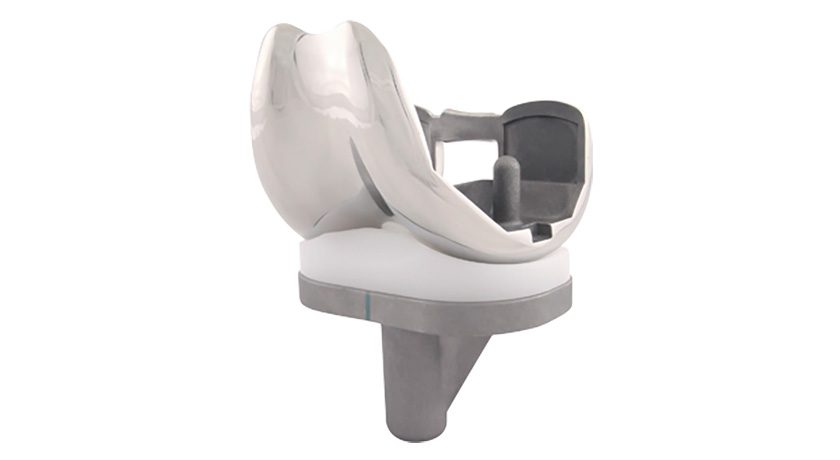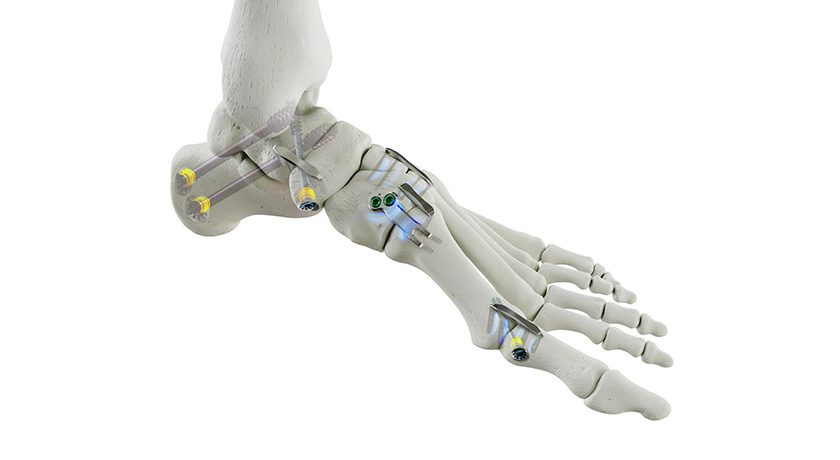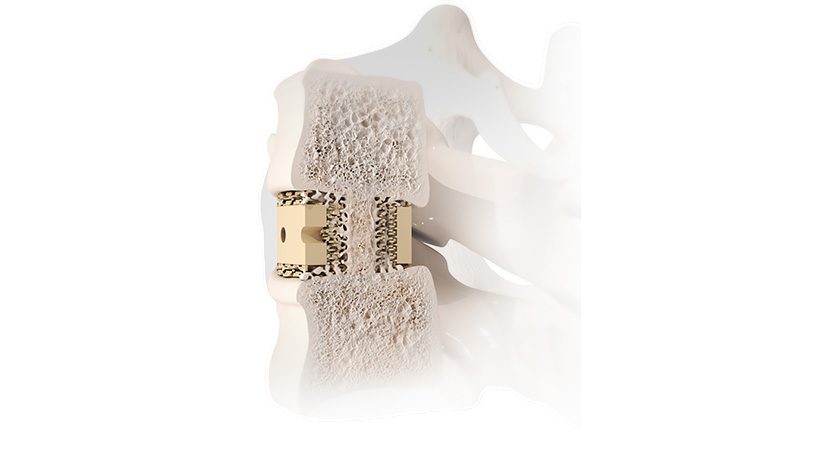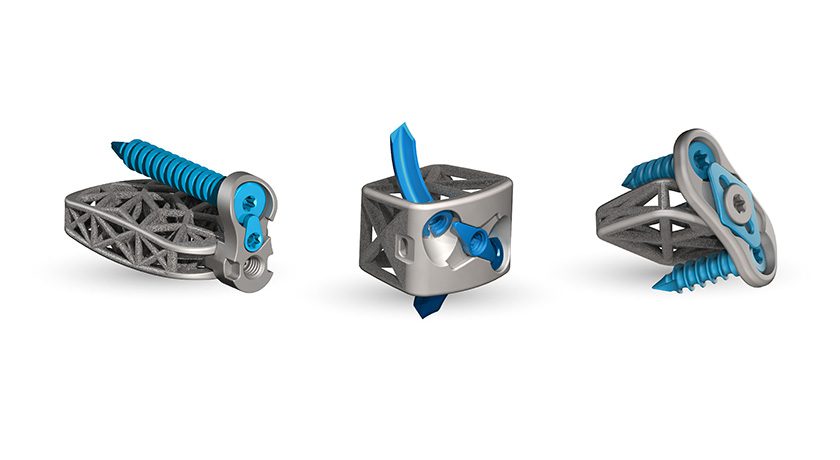
 Copy to clipboard
Copy to clipboard 
In cadaver study, Augmedics’ xvision-spine augmented-reality surgical navigation system (XVS) was used to place 120 pedicle screws in five cadavers, with placement accuracy of 96.7% per the Heary-Gertzbein grading scheme.
XVS is designed to give surgeons “x-ray vision” during complex procedures, allowing them to see and navigate inside anatomy through skin and tissue. XVS comprises a transparent near-eye-display headset and all elements of traditional navigation. Surgical tool position is superimposed atop the patient’s CT data, and navigation data is projected onto the surgeons’ retina using the headset. The surgeon can see both the patient and the data without averting his or her eyes.
“Spine is only the beginning for xvision,” said Nissan Elimelech, CEO of Augmedics while speaking to BONEZONE® magazine earlier this year. “Our plan is to unveil new applications each year, using the same hardware (headset, workstation, etc.). We are aiming for ENT, neurosurgery, trauma surgery and most orthopaedic segments.” The company expects a 2019 U.S. product launch.
Sources: Augmedics; BONEZONE
In cadaver study, Augmedics' xvision-spine augmented-reality surgical navigation system (XVS) was used to place 120 pedicle screws in five cadavers, with placement accuracy of 96.7% per the Heary-Gertzbein grading scheme.
XVS is designed to give surgeons “x-ray vision” during complex procedures, allowing them to see and navigate inside anatomy...
In cadaver study, Augmedics’ xvision-spine augmented-reality surgical navigation system (XVS) was used to place 120 pedicle screws in five cadavers, with placement accuracy of 96.7% per the Heary-Gertzbein grading scheme.
XVS is designed to give surgeons “x-ray vision” during complex procedures, allowing them to see and navigate inside anatomy through skin and tissue. XVS comprises a transparent near-eye-display headset and all elements of traditional navigation. Surgical tool position is superimposed atop the patient’s CT data, and navigation data is projected onto the surgeons’ retina using the headset. The surgeon can see both the patient and the data without averting his or her eyes.
“Spine is only the beginning for xvision,” said Nissan Elimelech, CEO of Augmedics while speaking to BONEZONE® magazine earlier this year. “Our plan is to unveil new applications each year, using the same hardware (headset, workstation, etc.). We are aiming for ENT, neurosurgery, trauma surgery and most orthopaedic segments.” The company expects a 2019 U.S. product launch.
Sources: Augmedics; BONEZONE

You are out of free articles for this month
Subscribe as a Guest for $0 and unlock a total of 5 articles per month.
You are out of five articles for this month
Subscribe as an Executive Member for access to unlimited articles, THE ORTHOPAEDIC INDUSTRY ANNUAL REPORT and more.
JV
Julie Vetalice is ORTHOWORLD's Editorial Assistant. She has covered the orthopedic industry for over 20 years, having joined the company in 1999.







